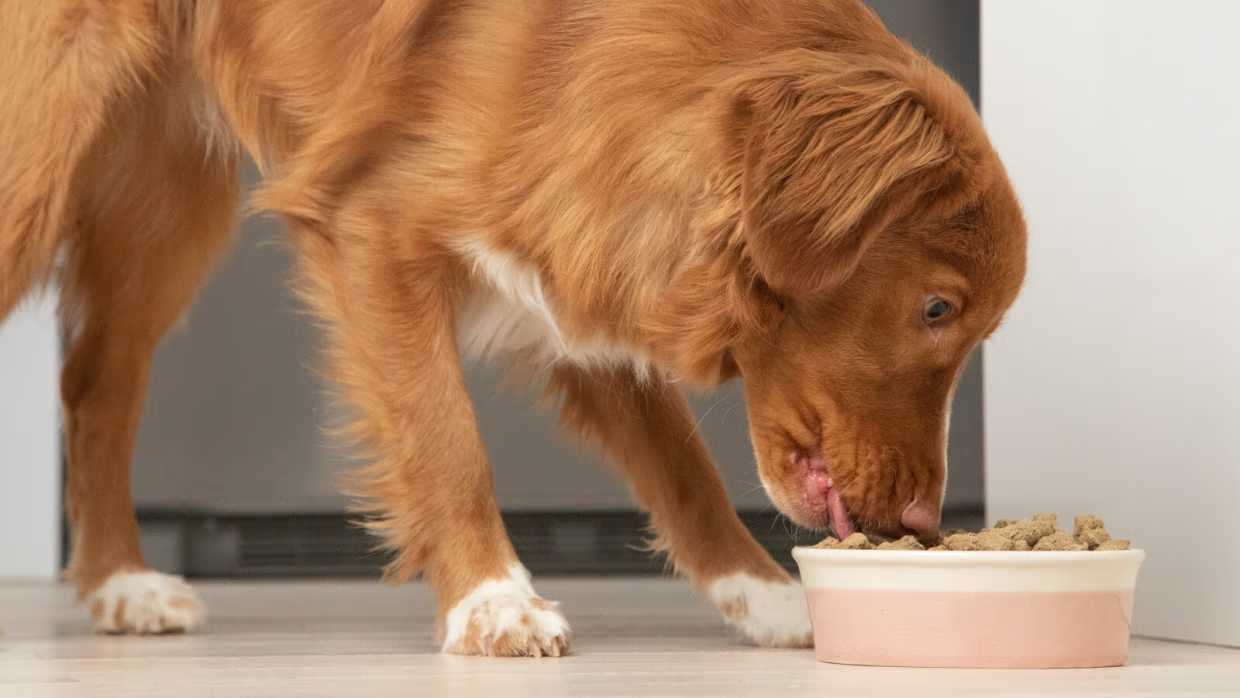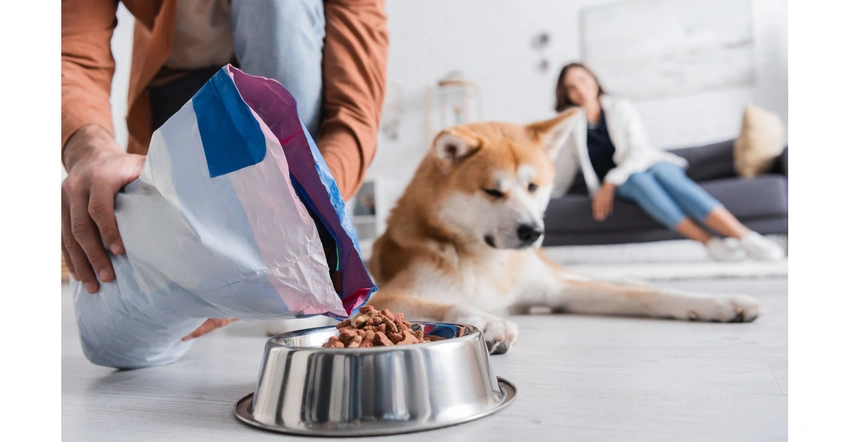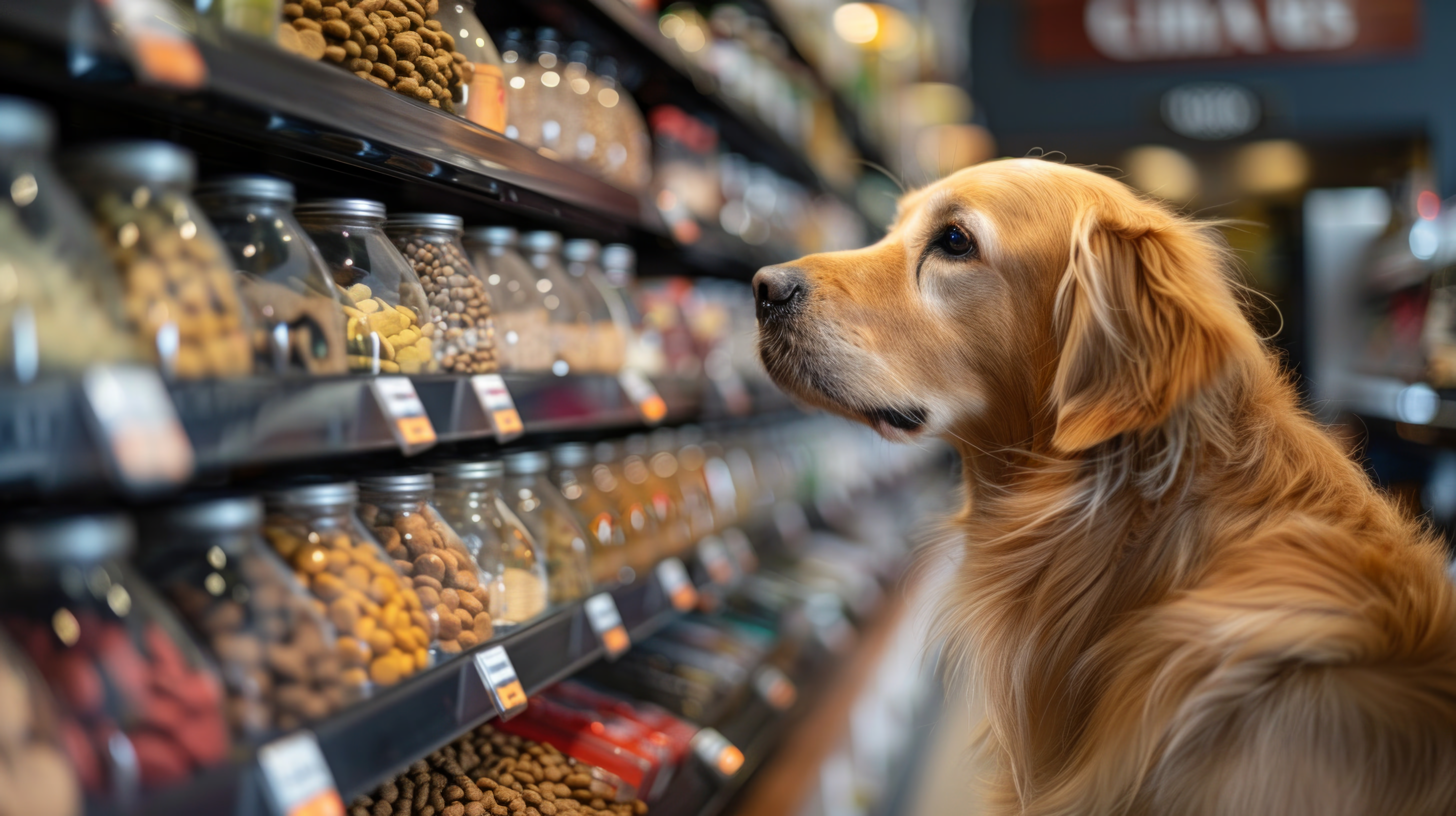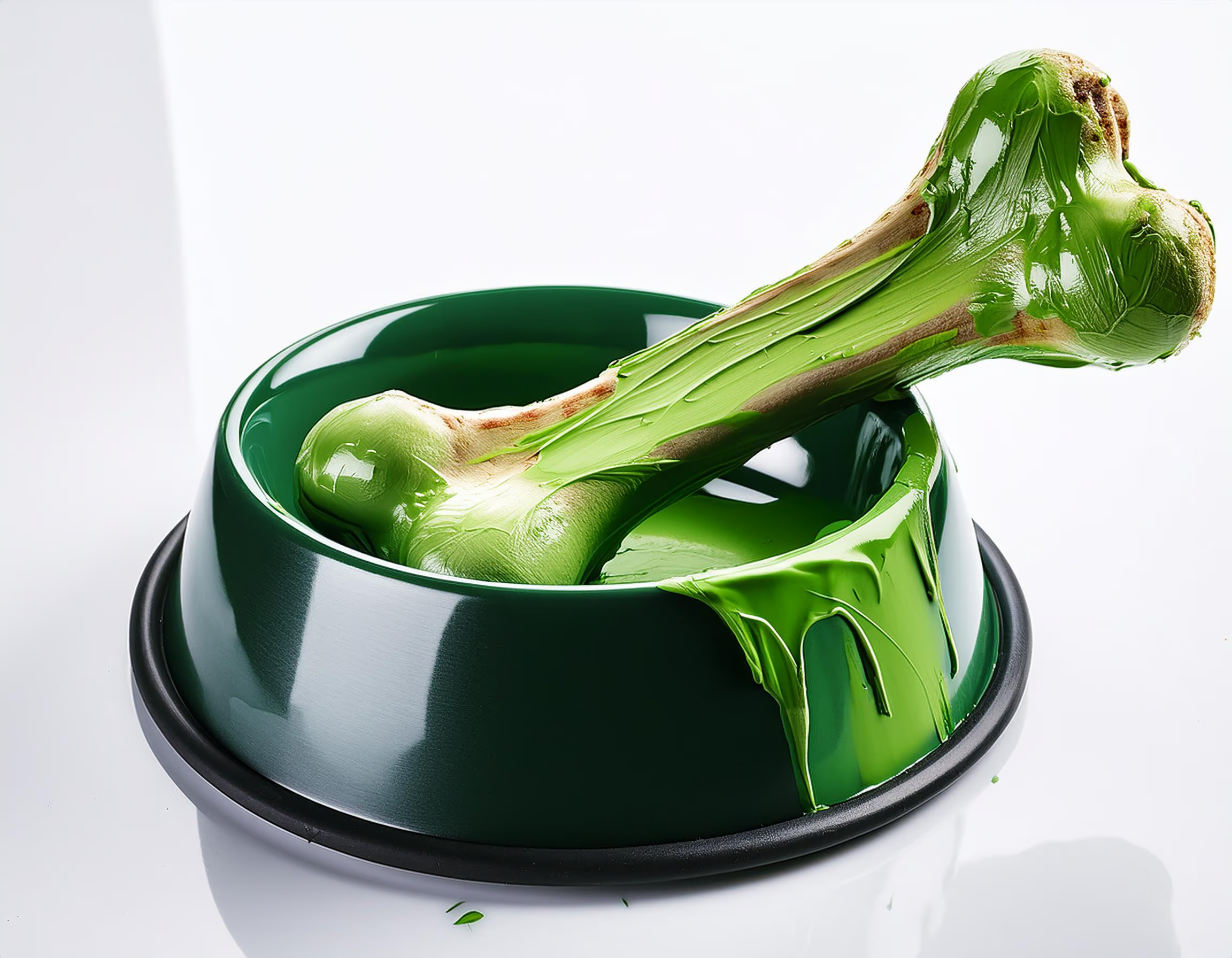Various studies affirm that meat-based diets are not sustainable, and the truth is that today, most pets eat a carnivorous diet (or based on products made with meat). Facing with this problem, the pet food industry seems to be one of the most involved since statistics and studies carried out worldwide indicate that croquettes, the most chosen food for dogs and cats, are made, in a higher percentage, based on meat, a highly influential factor in positioning the market as the consumer of ⅓ of the meat that humans consume (considering that animals consume ⅕ of what we do).
Since dealing with this situation, the rendering process has been growing increasingly as an alternative to reduce the footprint and pollution produced by the pet food industry, seeking to transform animal by-products into useful and quality ingredients.
What is rendering?
Rendering is known as the industrial process that seeks to treat animal by-products to reuse them since, otherwise, they would be discarded. Through their heat treatment and physical transformation that destroys pathogens, removes moisture, separates solids and lipids or fats/oils, and more, rendering transforms inedible meat products into usable materials such as fuel, pet food, and livestock feed, creating a highly sustainable alternative.
Its importance for challenging environmental impact
In the United States, for example, rendering is vital, since around 50% of an animal is inedible (NARA, 2020). With rendering, instead of wasting this material, it is recovered and reused to obtain oil, fat, protein products, and even for the production of other industries, such as beauty or fuel. This is how widespread the use of products obtained by rendering is: not only are they nutritionally fed to livestock, pigs, chickens, and other animals, but they also offer sustainable alternatives for trucks, trains, cars, and ship mobility.
Rendering: benefits and impact
This process allows huge volumes of meat scraps and other meat waste to be kept out of landfills, reducing carbon emissions, greenhouse gasses, food waste, and more. Broadly speaking, rendering contributes to the three sustainability pillars:
Environment
Recovering meat and animal carcass scraps that would otherwise be discarded, rendering reduces the food production footprint, saves landfill space, and helps minimize the environmental impacts of the livestock industry. On the other hand, it contributes to water recovery, since it recuperates and cleans valuable water that, if not for rendering, would contribute to byproduct decomposition and cause water contamination. Additionally, rendering evaporates moisture from raw materials and processes all runoff and wash water for specific treatments.
Society
By recovering and transforming animal remains into new, sellable products, rendering impacts market products and, consequently, consumption. At the same time, it creates stable jobs, many of them in rural areas, due to the location needs of this type of factories, counteracting city gentrification. Furthermore, this must happen in areas close to meat processing factories, since, due to the perishable nature of these products, they cannot be transported long distances or exported, directly impacting local job creation.
Economy
Rendering can improve the industry economy, but also, and mainly, the local economic context and the people who are impacted by the creation of these jobs previously mentioned.
What does a rendering process consist of?
- Heat treatment and physical transformation: Animal by-products are subjected to heat treatment, usually through cooking or boiling processes to break down animal tissues and begin the transformation process.
- Destroying pathogens: Through high temperatures used in processing, pathogens present in the products are eliminated.
- Moisture removal: Moisture is removed from animal by-products to increase the shelf life of processed products.
- Separation of solids and lipids/fats/oils: During processing, the mixture is separated into several components. Solids, including proteins and minerals, are separated from lipids, fats and oils to continue the production of various products.
Rendering products: examples
- Meat and bone flavor: It is used to produce food for birds, pets, and livestock for its amino acid profile as an organic fertilizer due to its high concentration of nitrogen, calcium, and phosphorus. This flour is an alternative renewable energy source, due to its high caloric content and can be made from beef, poultry, or fish meat, for example.
- Blood: This can be from cows or pigs, for example, and can be dried whole or separated into blood meal or plasma products. Blood meal is a dry powder used in aquaculture, poultry, and piglet feeding, and as an organic fertilizer, due to its high protein and nitrogen content. Cattle blood collection occurs after the edible parts are separated, dried, and turned into blood flour. This facilitates product incorporation into animal diets. The high protein content is ideal for livestock-fed plant by-products, forages, and cereal diets.
- Plasma: Plasma is a highly functional protein ingredient obtained from blood and can be used in the production of animal and pet feed to improve digestion, breathing, and reproduction. This is only one blood component and excludes others, such as red blood cells.
- Tallow: Tallow is cattle-solidified and processed fat. It is used to remove impurities. Beef tallow, for example, at room temperature, has a waxy texture similar to coconut oil or lard. In addition, it can be stored without refrigeration in airtight containers for several months without spoiling. It is ideal for biofuel production, a renewable, clean-burning diesel fuel substitute; manufacturing livestock and poultry feed and pet food, and producing soap. Tallow acids can also be used in a variety of products.
- Feather flavor: It is a by-product of poultry processing, which is made by hydrolyzing feathers at high temperatures and pressure to sterilize them, then grinding and drying them. It is a valuable source of protein and an ingredient for poultry, aquaculture, livestock feed, and pet food.
Conclusion
The rendering industry gives value to animal parts that are not normally used for human consumption by processing them into ingredients for pet food. Its sustainability benefits are clear and can be precisely analyzed, and that is why the rendering industry is increasingly dynamic and constantly changing. Year after year, new approaches and initiatives emerge, because both the environment and consumers seek to choose products committed to reducing the carbon footprint of their choices. Faced with this demand, rendering is presented as a highly valuable alternative to find a new life for those ingredients and raw materials that, until now, were discarded.
Source: All Pet Food
You could be interested: Greenwashing in pet food: what it is and how to avoid it
About author
María Candelaria CarbajoI’m a creative, interdisciplinary person, translator, and editor. I collaborate in producing and writing creative, high-impact projects to promote cultural exchange, transmit differential values, and connect with people/the audience. Likewise, I enjoy teamwork and joining forces, experiences, and knowledge to bring the world all the potential of those ideas that seek to impact people’s lives positively.

































